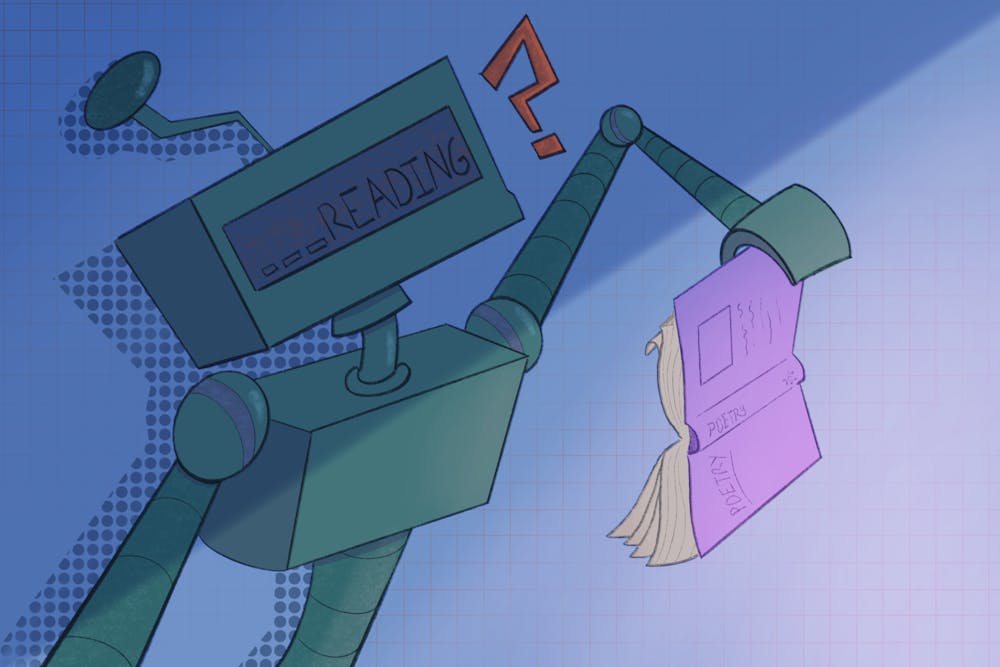With fast-paced growing technological advancements, the link between technology usage habits and sustainable development provides a challenging problem for our society.
62 million tons of E-waste, or electronics waste, were produced in 2022, and only 22.3% of that was formally collected and properly recycled. This waste piles up in landfills, where it releases dangerous chemicals such as lead into the environment.
A philosophy PhD student, Angela Barnes' research on technology addiction provides a pivotal structure for comprehending user behavior. Her studies reveal stark parallels between smartphone usage and addictive substance use.
"The effects of smartphone use on dopamine system is very similar to the effects of cocaine use, heroin use, gambling, (and) pornography," Barnes said.
According to Barnes, since these devices are addictive in nature, there is a hierarchy of decision-making where technology exists above environmental considerations.
"If it is the case that our relationship to these gadgets is one of an addictive quality and not of a freely chosen quality, then we would expect people to start giving up things that they think are valuable for technology use," Barnes said.
Jameson Wetmore, an associate professor at the School for the Future of Innovation in Society and a Senior Global Futures Scientist, investigates the unexpected effects of adopting smart technology, extending to societal impacts of rising automation and technology dependence.
Wetmore referenced the century-old short story "The Machine Stops," in which machines are so advanced that the floor would rise to pick up a book for you. Eventually, when the machine in the story collapses, it kills all the human life that it previously supported.
However, the reality of modern technology use is much different, according to Wetmore, since functionality is not always the end goal.
"Most labor-saving devices don’t actually save labor, (they) just shift it to something new," Wetmore said.
To appeal to new consumers, then, new technology has to be appealing beyond its function.
Kris Hartley, an associate professor at the School of Sustainability whose work includes a systemic study of market dynamics and their effects on the environment, said one important aspect of technology consumption is planned obsolescence, where the use life of the device is intentionally short, motivating consumers to buy devices more often than necessary.
"Can producers shrink their ecological footprint at a rate that outpaces the additional product turnover they create through innovation?" Hartley said in an email. "I'm not certain they can."
READ MORE: EcoCinema Cafe Film Festival fuels sustainable thinking at ASU
Wetmore’s suggestion is to personally adopt technology with awareness, determining the actual utility of new gadgets before making a purchase. Despite the potentially wider reach of institutions, generating environmental awareness this way is still not always successful.
"Schools, universities, and the media can double down on education and awareness efforts but may still not meaningfully reach half the population due to the politicization of knowledge," Hartley said. "At a societal scale, technology is the subject of increasing hope and expectation as two opposing forces clash: Sustainability crises and resistance to lifestyle change."
Finding a balance between technological innovation and environmental protection is critical for sustainable technology use. The opinions of experts point out that significant adjustments to consumer behavior, market dynamics and institutional education will be necessary for sustainable technology usage.
Edited by River Graziano, Sophia Braccio and Natalia Jarrett.
Reach the reporter at aaror111@asu.edu.
Like The State Press on Facebook and follow @statepress on X.




